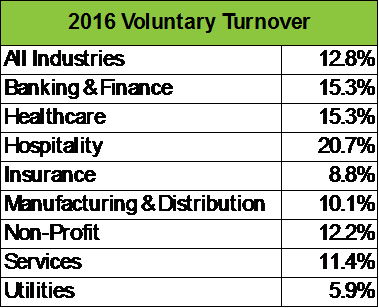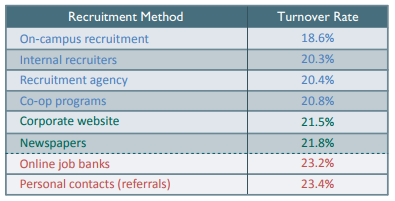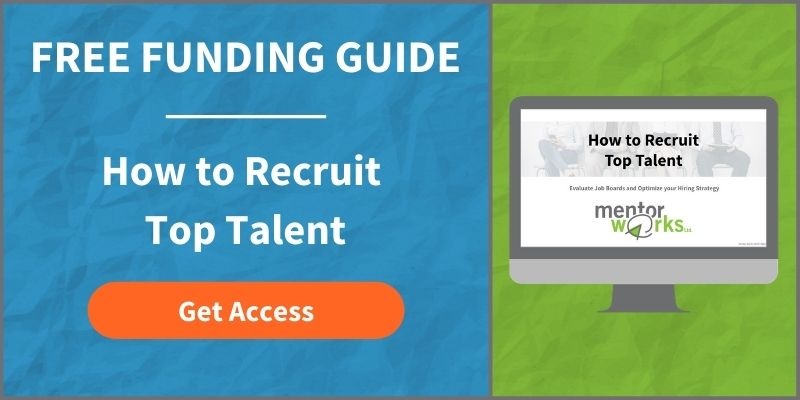How to Recruit Effectively with an ‘Always Hiring’ Mindset

Building a team of top talent is one of the greatest challenges facing business leaders. Deloitte’s 2017 Global Human Capital Trends report suggests that talent acquisition is the third most pressing challenge for companies to solve, and PLANT Magazine’s 2017 Outlook survey revealed that five of the greatest challenges businesses face all stem from recruiting and retaining key employees.
In competitive job markets, only one recruitment strategy makes sense to build a team of highly skilled and motivated employees. Companies must develop an ‘always hiring’ mindset where high-quality candidates are continuously attracted and hired without the need for vacancies to open. This practice helps limit talent shortages and improves the quality of employees hired.
Small and medium-sized businesses (SMEs) are susceptible to workforce pressures, which makes innovative recruitment strategies that much more important. Fortunately, resources are available to improve your recruitment methods help offset a portion of hiring and onboarding costs. This means Canadian SMEs can always be recruiting top talent.
Why is an ‘Always Hiring’ Mindset is Important
These days it’s simply not good enough to only recruit when new employees are absolutely needed. To access the best employees possible and prevent against future capacity issues, companies should always be monitoring and providing employment opportunities to highly qualified applicants. This mindset offers significant benefits:
- Maintaining Minimum Employment Levels: Always hiring means your company won’t be shocked and have production/productivity immediately limited when current employees leave. This provides a seamless experience to your customers, ultimately leading to higher satisfaction and steady, predictable growth.
- Beating the Competition: As many as 84% of workers would consider leaving their current company if another firm with a good reputation offered them a job. This means that employers who are focused on the hiring process can attract top talent who might’ve otherwise applied for a competitor. Better still, you might be able to attract key employees away from competitors.
- Reduce Poor Hiring Choices: Filling vacant positions creates urgency in the hiring process and often leads to employers making concessions on who they choose. Understanding your ideal candidate and being visible to them through good employer branding can significantly reduce the odds of making a poor hiring decision.
Employee Turnover is on the Rise
While some turnover is inevitable, the rate at which employees are leaving their jobs is increasing. Employers should proactively look for new, high-quality candidates expecting that they will be needed at some point in time.
Voluntary employee turnover is a metric used to determine the frequency for which workers leave their job. This could encompass any number of reasons, such as there were better job, salary or benefit opportunities elsewhere. In a recent survey of over 30,000 United States businesses, it was observed that voluntary turnover rates have increased to nearly 13%. This was the fifth consecutive year where voluntary turnover increased.
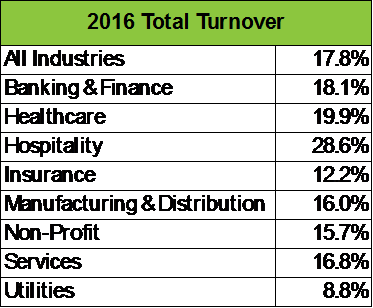
The survey further identified that total turnover reached nearly 18%, suggesting that every year, nearly one of every five company employees will exit the organization. To mitigate productivity and skill losses due to these departing employees, companies should consider initiating a continuous recruitment program to minimize talent gaps.
Recruitment Timelines are Long (and Getting Longer!)
It can take a long time to figure out the ‘right’ type of employee to hire, then conduct the recruitment process. While it may seem like a straight-forward process, recruiting suitable job candidates can take up to 3 months or longer. These timelines are getting longer as the job market becomes more competitive, especially in highly-innovative industries.
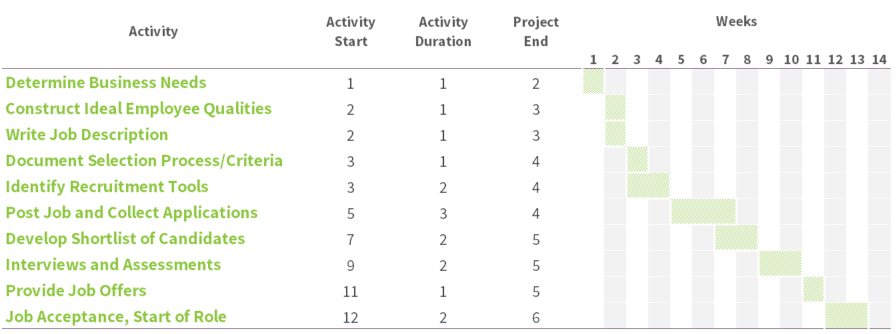
The best way to overcome long recruitment timelines are to always be hiring and maintaining a pool of qualified talent who can be called upon when additional talent is needed. By deploying an ‘always hiring’ recruitment strategy, when new positions need to be filled, managers can access pre-approved applicant shortlists and fill vacancies in significantly less time.
How to Develop ‘Always be Recruiting’ Hiring Strategy
Shifting from reactive recruitment to proactive recruitment is not necessarily easy to do. It requires a change in mindset throughout the company’s leadership team to support continuous hiring and workforce development initiatives. But, for those who see proactive recruitment as a benefit, here’s how to get started:
Know Who You’re Looking For
Before anything else, you need to first determine who your ideal candidates are. Who are you looking to build your A-Team around? What skills do these candidates need to succeed within your organization? Be as clear as possible about what your organization values, including skillsets, drive, and diversity.
Employer Branding Principles
To recruit effectively, companies need to market themselves to potential employees. Developing an employer brand that highlights why current staff love working for you, what sets you apart from others, and the mission/vision that guides your organization are all critical. Social media is a valuable employer branding tool, so start crafting content that speaks to more than just potential customers.
Develop a Talent Pool and Keep in Touch
Even if you aren’t actively hiring, you need a way of compiling and tracking the interest of potential candidates. There are a variety of online tools – both free and paid – that can serve as a database for your organization’s talent pool. These contacts can then be re-engaged regularly through email or other communications to keep them aware of current openings and interested in your brand.
Recruit Students for Lower Employee Turnover
The right recruitment channel can make a big difference when it comes to finding new candidates that will contribute to your organization. In fact, data released by ECO Canada suggests that where candidates are recruited may affect turnover rates, with on-campus recruitment being the most viable option for companies wanting low employee turnover.
Based on these results, two of the best options employers have stem from recruiting recent college and graduates. On-campus recruitment (18.6% turnover) and co-op program hires (20.8% turnover) offer the opportunity for employers help young people launch their careers; this builds trust and loyalty that helps to prevent talent losses.
Canadian Government Funding for Hiring and Training
Proactive hiring is essential to building high-performance companies. Fortunately, the Canadian government supports SME workforce development by awarding hiring and training grants. When used strategically, these programs can greatly expand company hiring and training budgets and enable companies to implement continuous recruitment strategies.

